Taj, Tigers, Temples & Rajasthan's Palaces
- Return flights from London
- 13 nights in 4 and 5-star and heritage hotels plus 1 night in flight
- 13 breakfasts, 5 lunches, 13 dinners and welcome drink
Mon–Tue: 0900 - 1800
Wed 24th Dec: 0900 - 1400
Thu 25 & Fri 26 Dec : Closed (Public Holiday)
Sat 27 Dec : 0900 - 1700
Sun 28 Dec: Closed
Mon–Tue: 0900 - 1800
Wed 31 Dec: 0900 - 1400
Thu 1 Jan : Closed (Public Holiday)
Fri 2 Jan : 0900 - 1800
Sat 3 Jan : 0900 - 1700
Sun & BH: Closed
Explore the wonders of the west on a holiday that includes both a luxurious journey on the Rocky Mountaineer train and an unforgettable Alaskan cruise.
Iconic cities, famous landmarks and natural wonders are waiting to be discovered as you journey from Melbourne to Brisbane.
The Society’s archives comprise over 7,000 items specifically relating to the historical geography of Canada, dating from the 17th century to the present day. Highlights include early maps of Canada by Guillaume de L’Isle, a ruler made from the wood of one of the canoes from Samuel de Champlain's 1609 expedition and maps, manuscripts, watercolours and sketches relating to the exploration of the Canadian Arctic in search of the Northwest Passage during the 19th century.
In the footsteps: Samuel de Champlain | In the footsteps: John Norman Collie | In the footsteps: John Linton Palmer
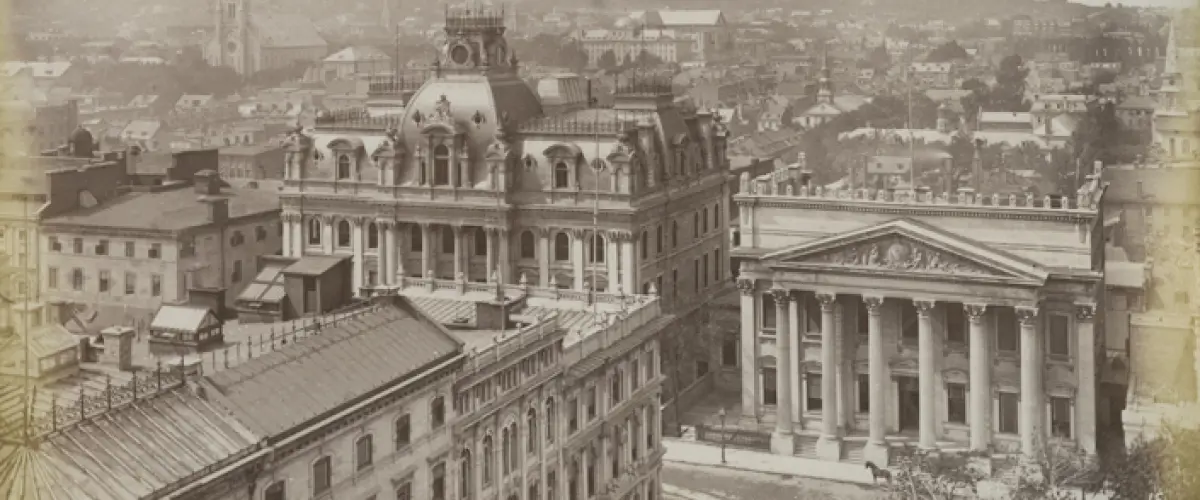
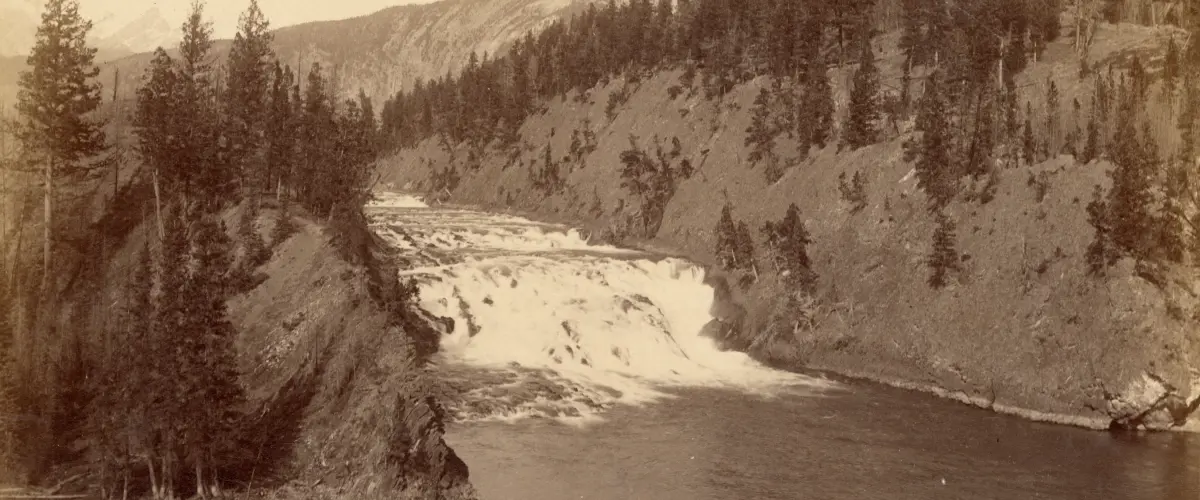
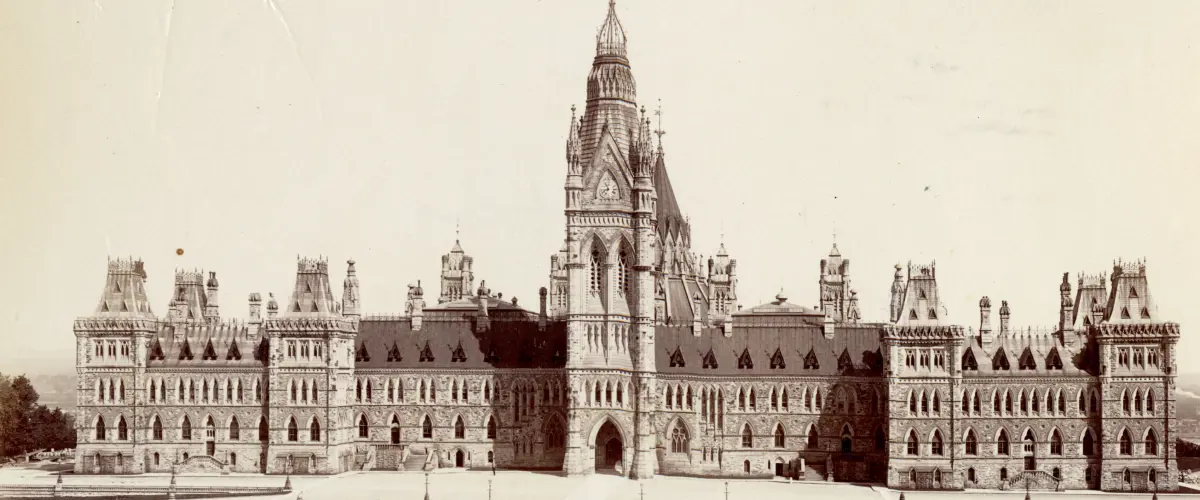
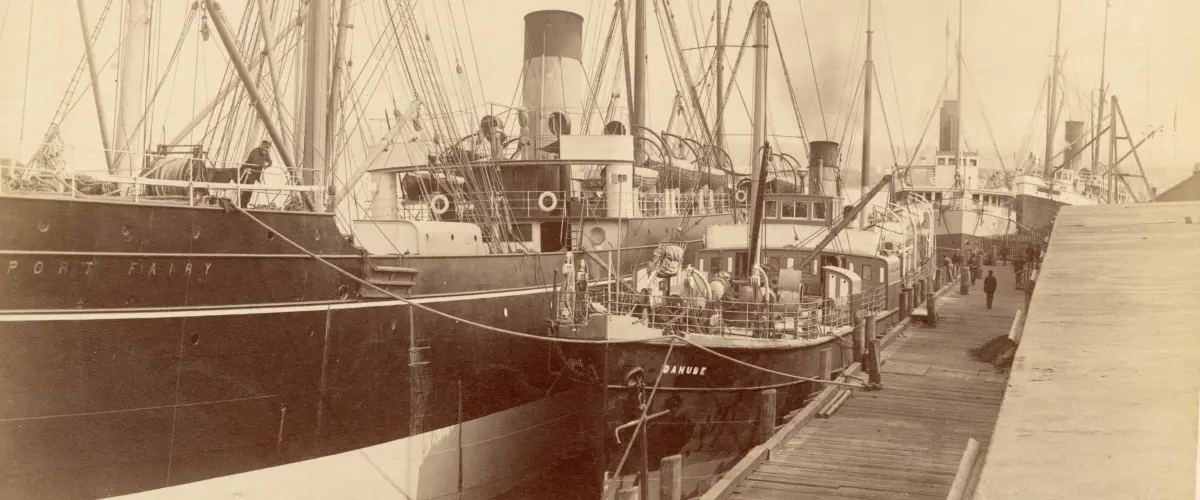
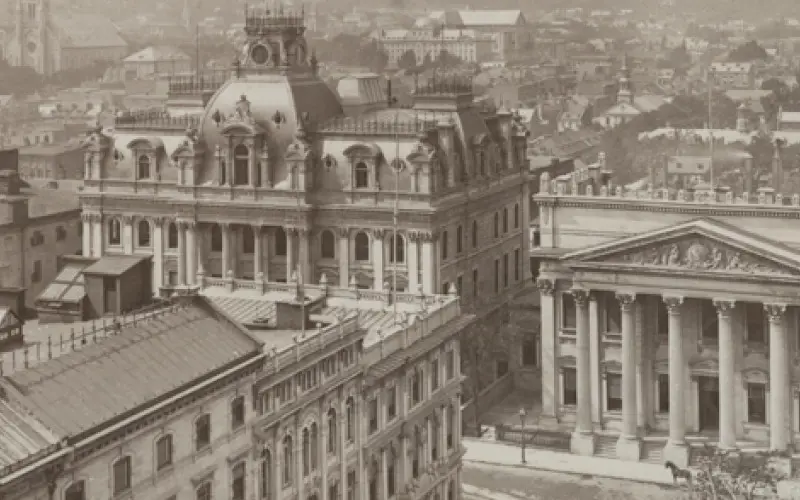

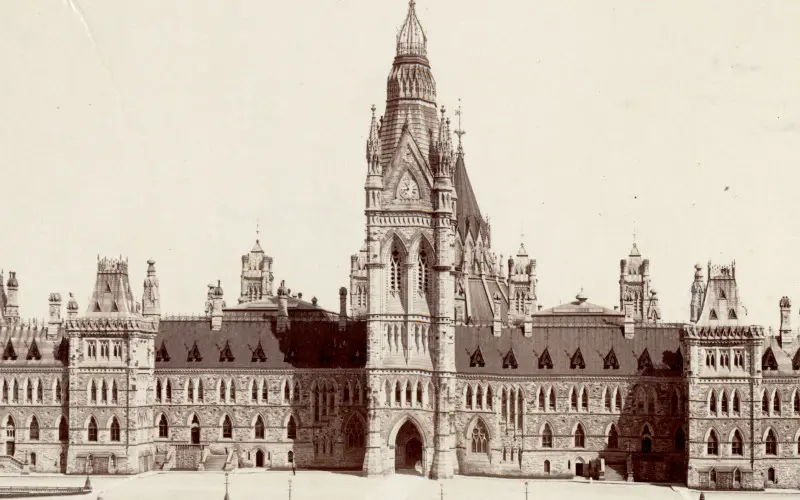
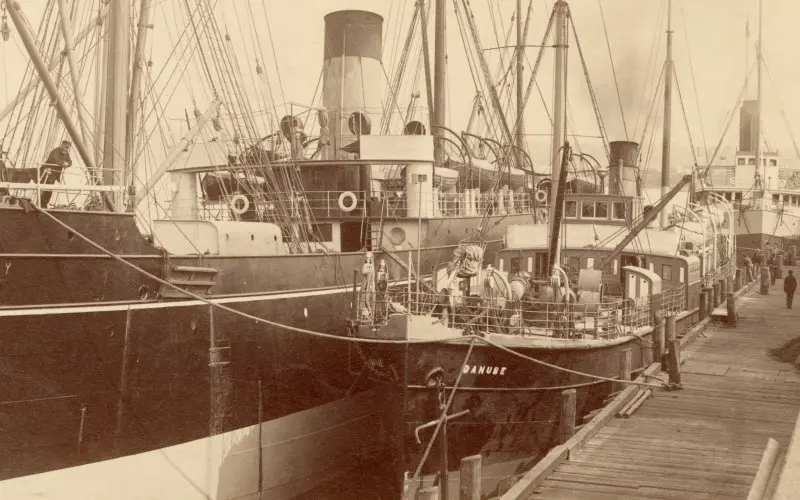
Samuel de Champlain was a 17th century French explorer and cartographer. Known as the “Father of New France”, Champlain played a major role in the establishment of New France between 1603 and 1635.
In 1603 Champlain began a voyage up the St. Lawrence River with his uncle, François Gravé du Pont, and carried out the most detailed survey of the river since Jacques Cartier in the 16th century. His surveys of the region resulted in his map ‘Carte de la Nouvelle France’ (1616), thought to be the earliest map of Canada. He is also credited with the founding of the city of Quebec in 1608, selecting a strategic site for the settlement at the narrowing of the St. Lawrence River estuary.
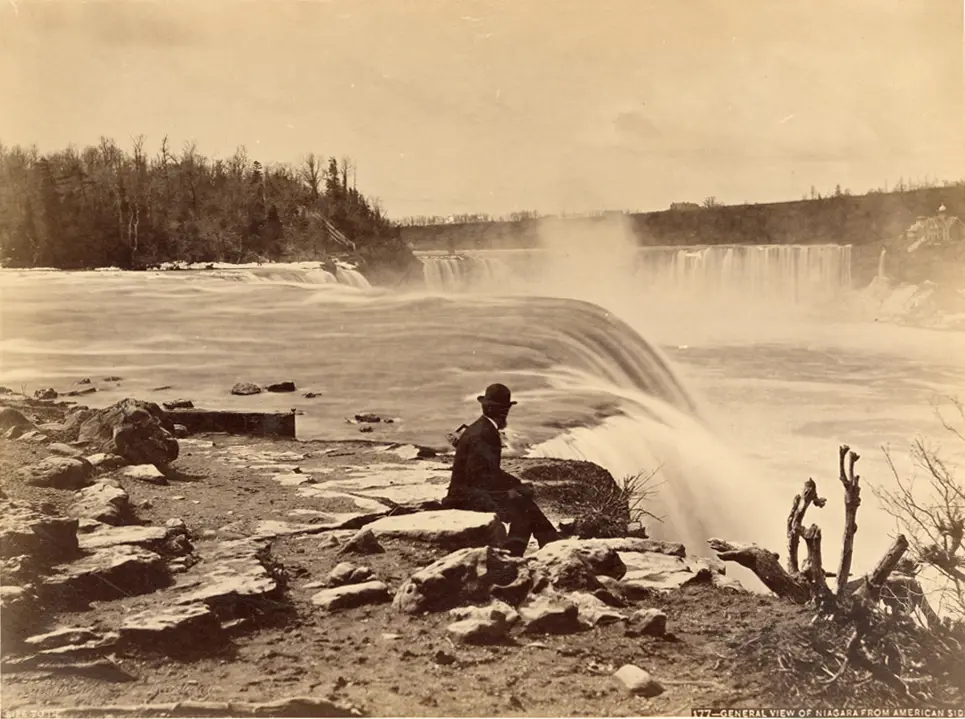
John Norman Collie was a pioneering chemist and mountaineer. In the late 1890s he joined the renowned chemist, Sir William Ramsay, as an assistant at University College London (UCL), where they conducted ground-breaking research into rare gases and where Collie made what was to be the first neon lamp. Collie also had a love of climbing and at the end of each university term he would venture to the Scottish Highlands, the Alps or the Himalayas.
In 1896 he made his first of several visits to the Canadian Rocky Mountains in search of Mount Hooker and Mount Brown, which had reportedly been sighted at a height of 15,000ft. Collie made a total of 21 first ascents, including Mount Victoria which he named after Queen Victoria, and eventually located Mount Hooker and Mount Brown at 9,000ft. Collie also explored the Columbia ice-field, the Bush river and the country between the headwaters of the Saskatchewan and the Columbia rivers.
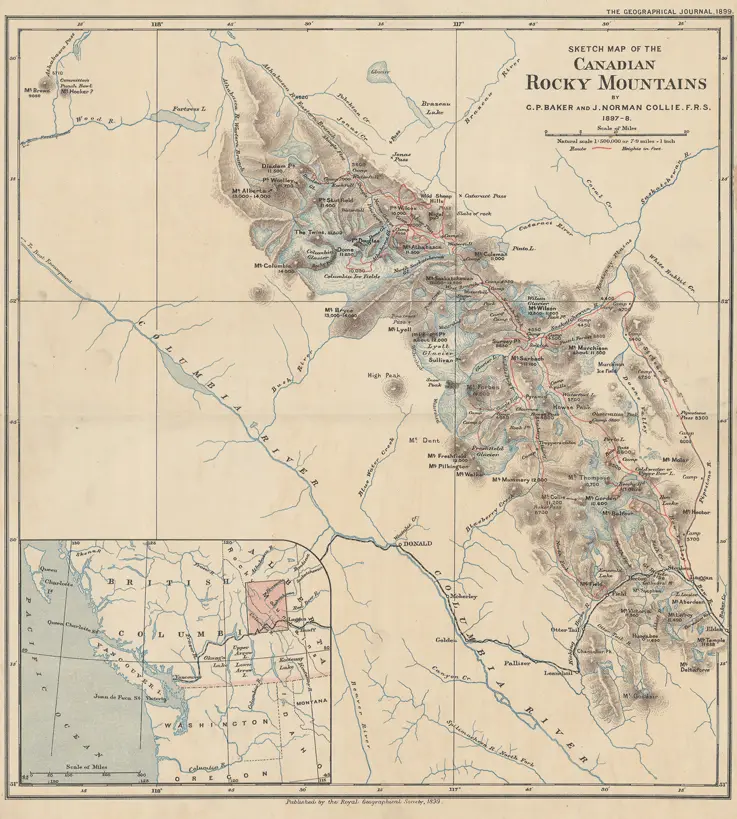
‘The scenery of the Rocky Mountains has a charm all its own; one is not dependent on the mountains for the chief effects; it is the under-world of forests, lakes, rivers, and
far-reaching valleys that gives the chief note to the scenery of these far distant western wilds’.
J. Norman Collie, ‘Exploration in the Rocky Mountains North of the Yellowhead Pass’,
The Geographical Journal, March 1912
Sketch map of the Canadian Rocky Mountain.
By G. P. Baker and J. Norman Collie, F.R.S. 1897-1902. (Showing Route).
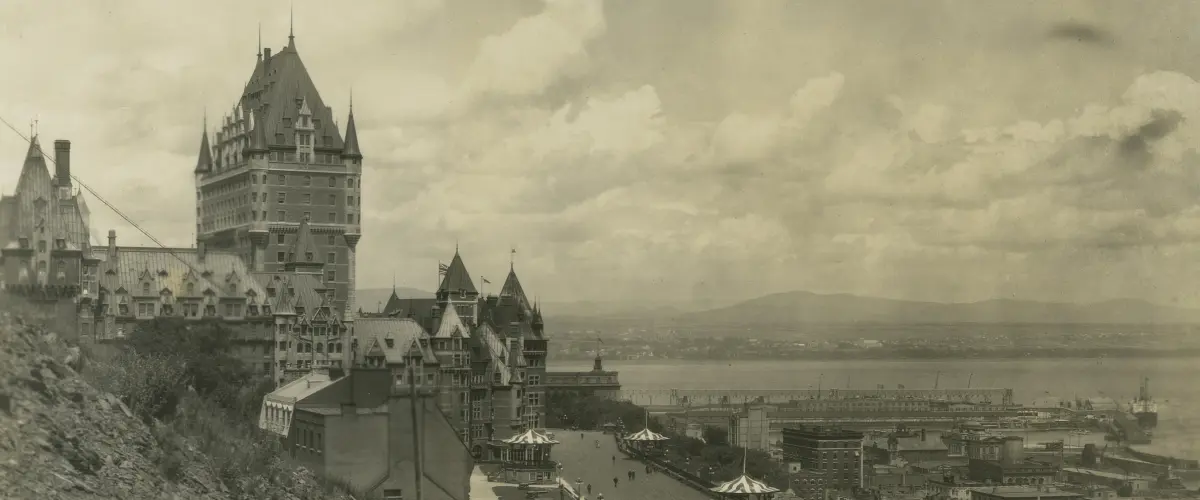
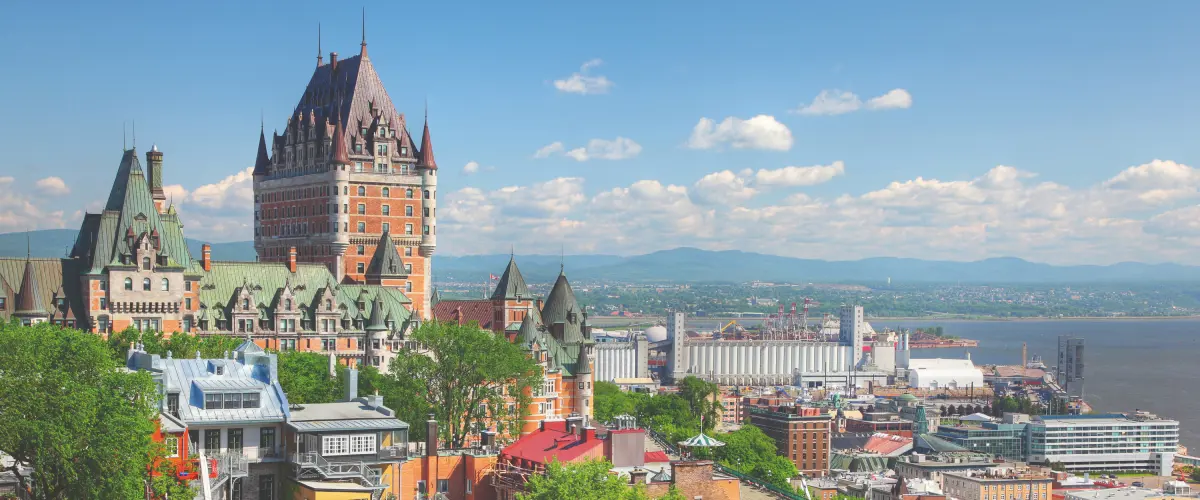
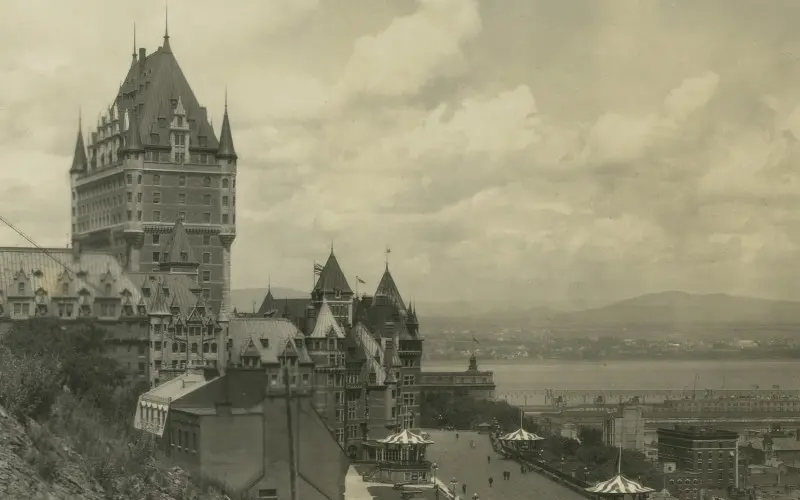
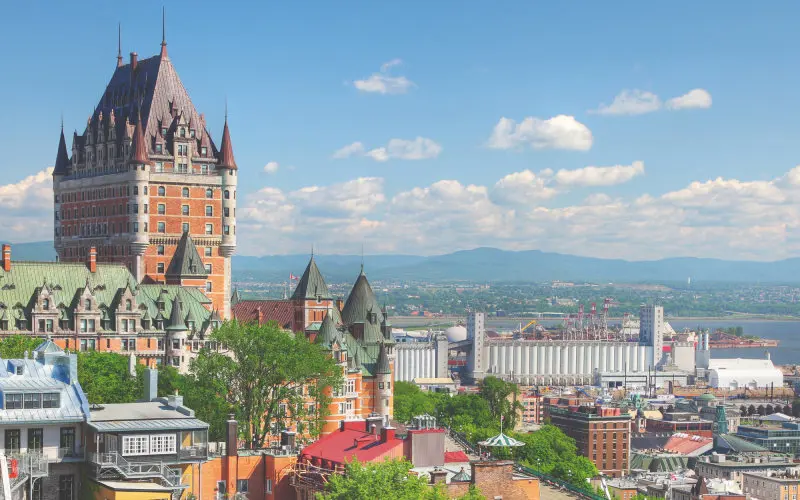
John Linton Palmer’s naval career involved several tours of duty in the Pacific between the years 1850 and 1868. As a naval surgeon, he developed an interest in natural history and ethnography and followed in the tradition of many earlier naval surgeons to create fine and detailed observational drawings and sketches of the people and places encountered on the tour.
His copiously annotated albums including sketches made of Pitcairn Island, Rapa Nui, Tahiti, China, Chile, Panama, Vancouver Island and the Bering Strait. His sketches of North-West Coast Indian and Inuit peoples, and their artefacts, reveals a highly developed interest in the detail of material cultures, providing a unique, pre-photographic record of the region at a very significant moment in the relations between settlers and First Peoples.
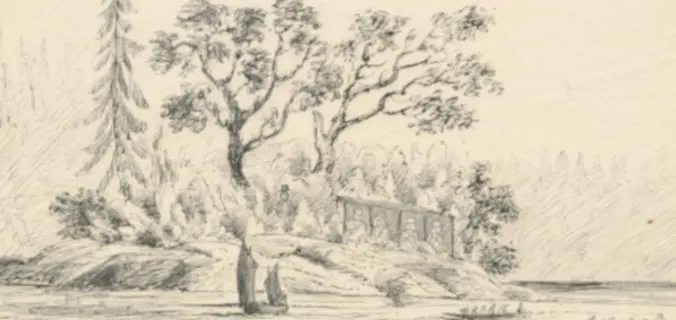
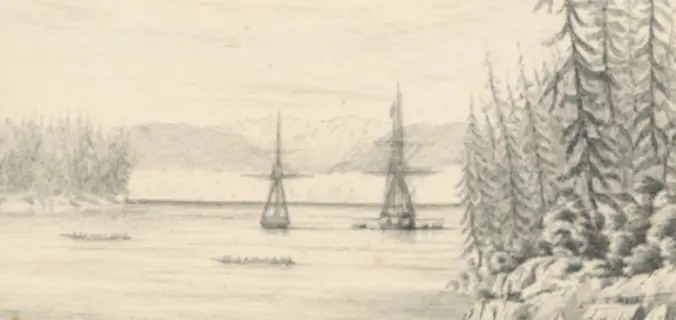
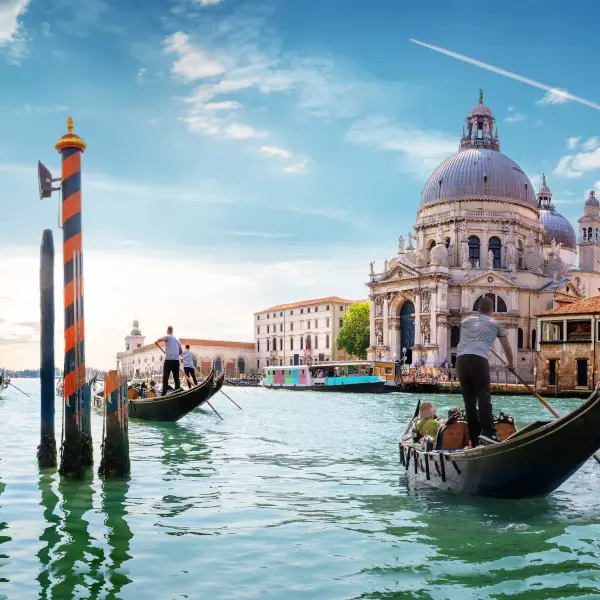
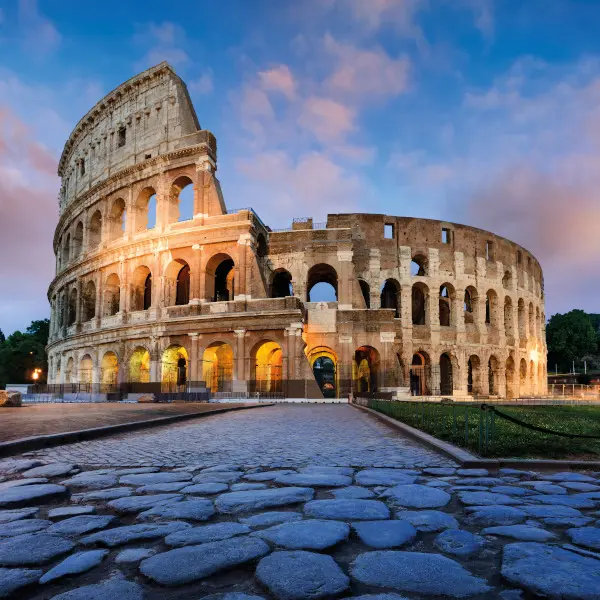
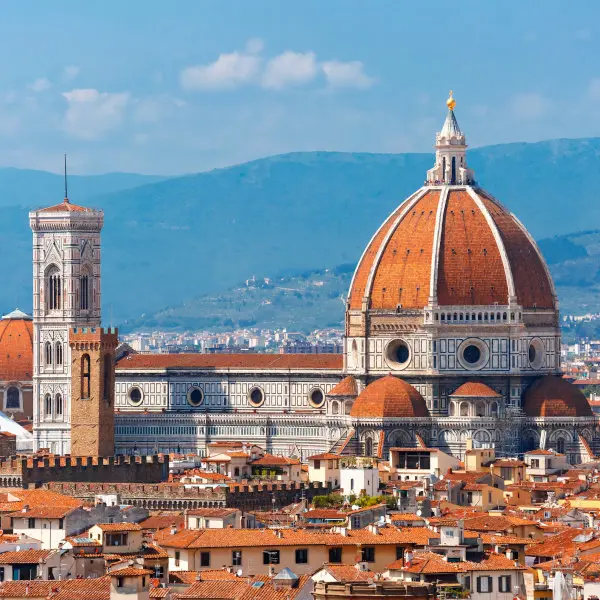
Part of the Royal Geographical Society collection, travel from top to toe and explore Italy’s famous landmarks. Visit iconic cities Venice, Florence and Rome and discover the hidden gems of Pompeii, Sicily and more.
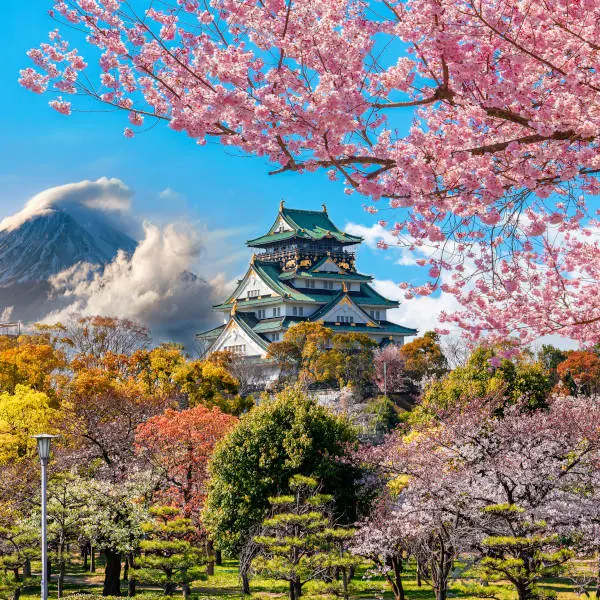
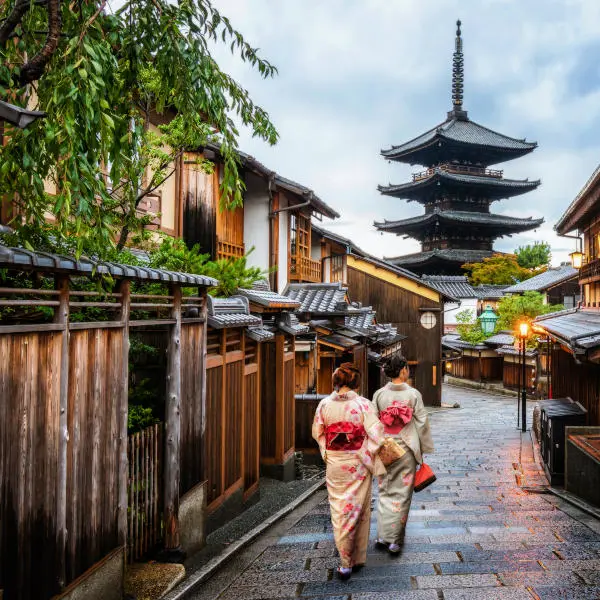
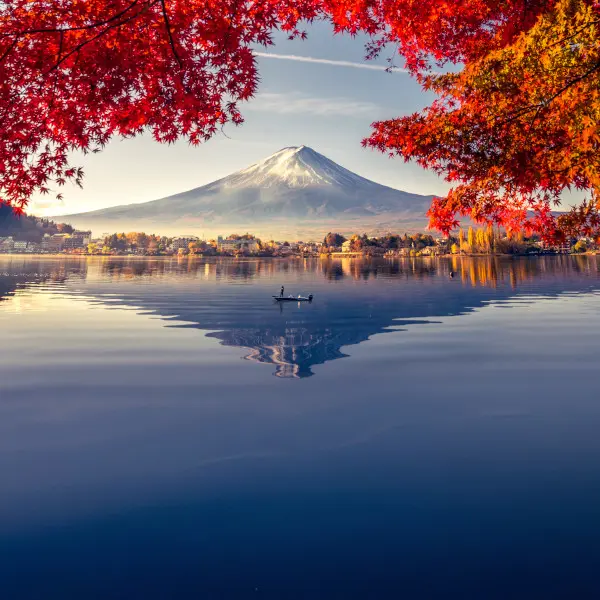
From Tokyo to Kyoto, Osaka and beyond, discover the unforgettable highlights of Japan including an incredible high-speed ride on the Bullet Train.
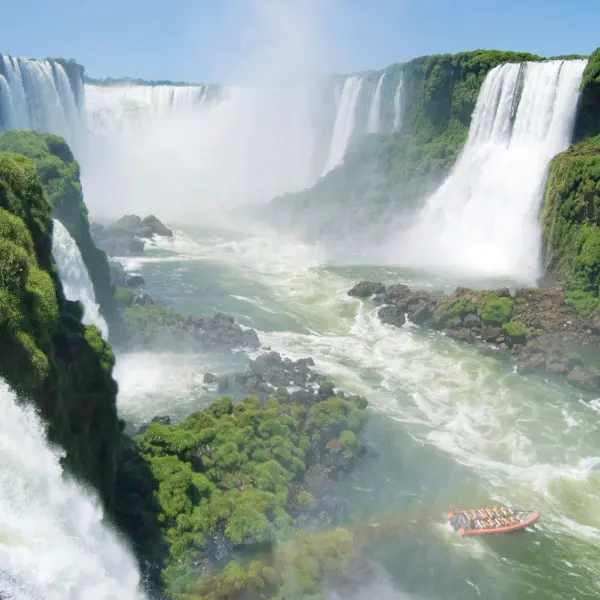
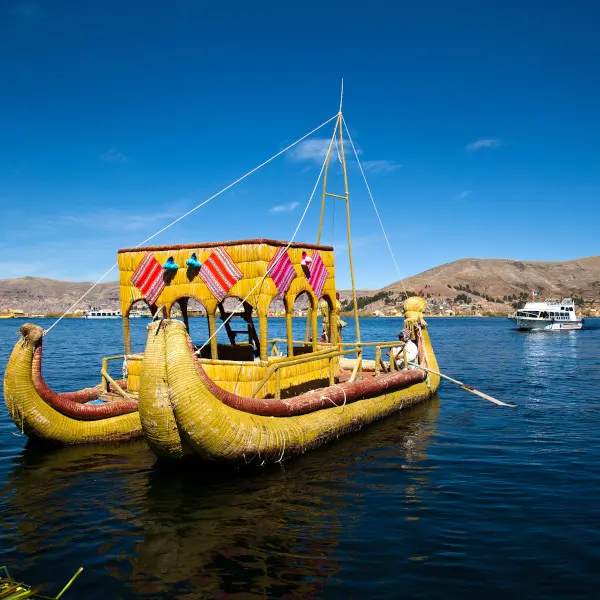
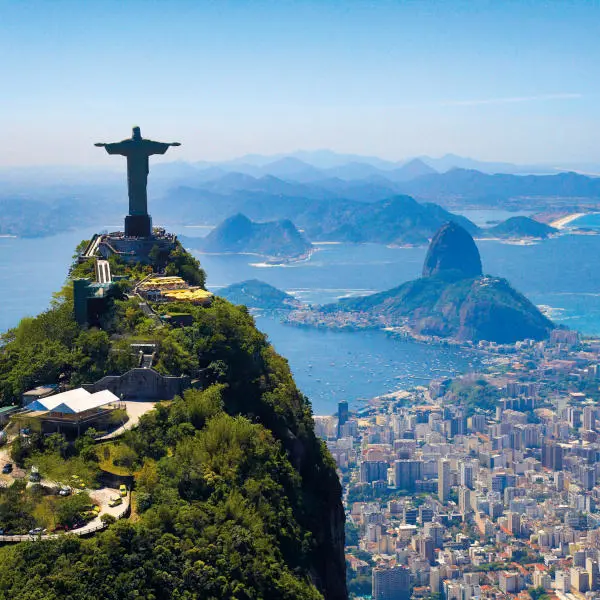
Soak up the spectacular sights and sounds of four Latin American countries - Peru, Bolivia, Argentina and Brazil - on a tour that's strictly for the adventurous.
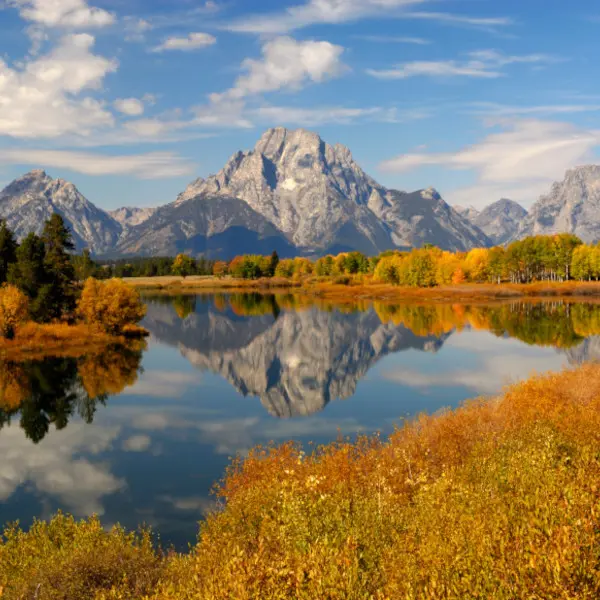
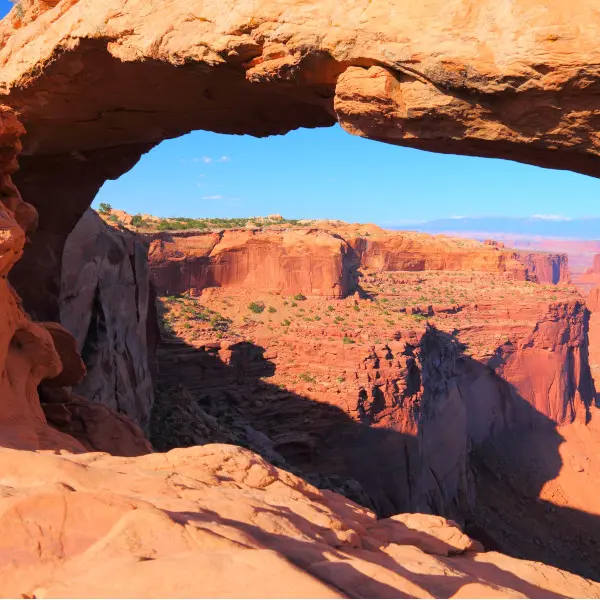
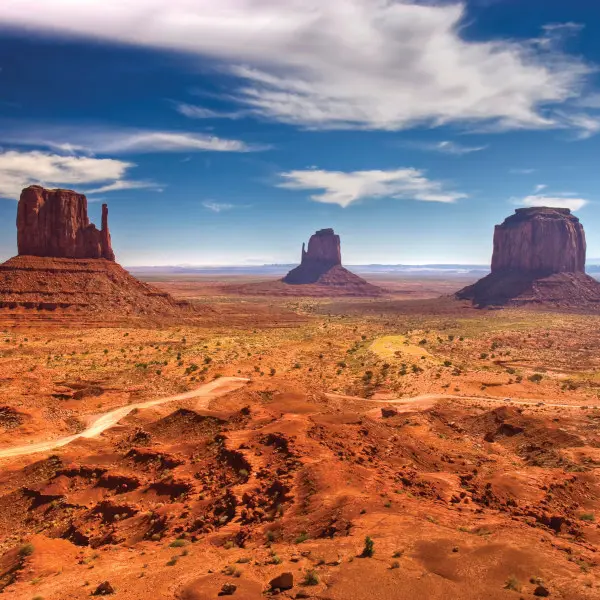
Venture through seven states and be mesmerised by the breath-taking and diverse scenery on this Royal Geographical Society tour to Americas National Parks.
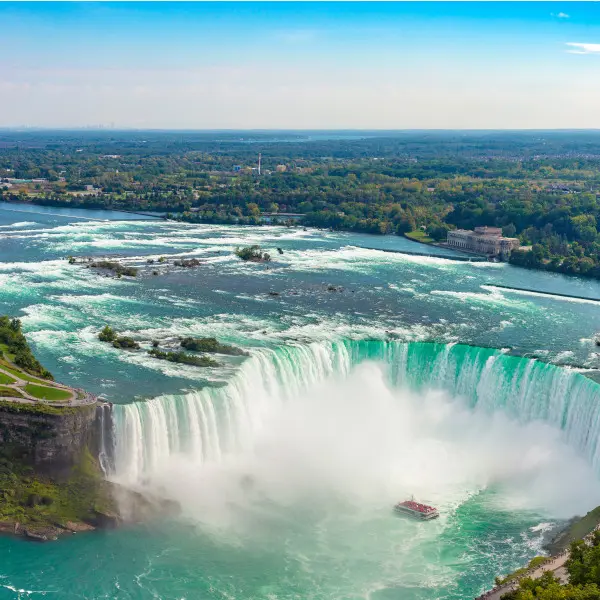
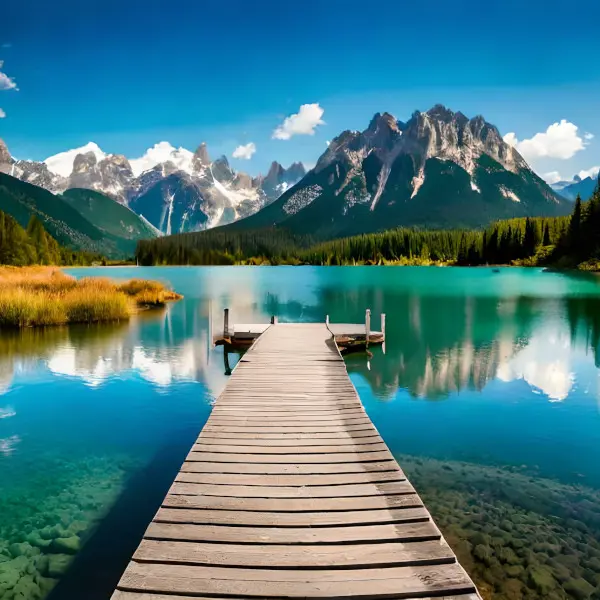
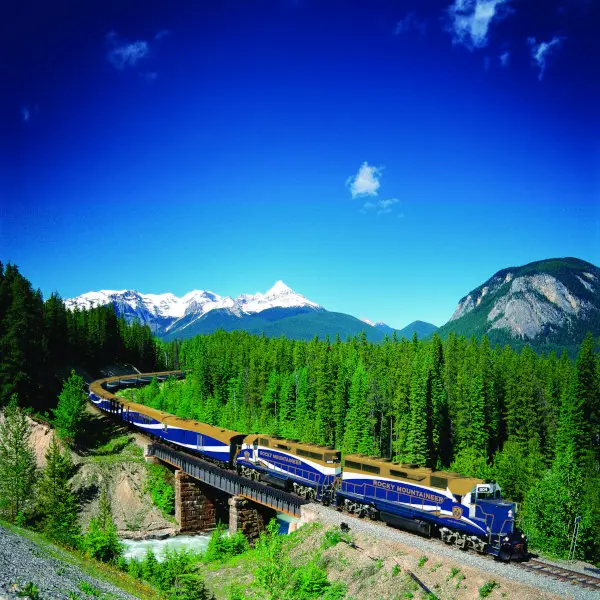
From east to west, this ultimate trip across Canada takes in all the must-see highlights and includes a breathtaking journey on the Rocky Mountaineer train.
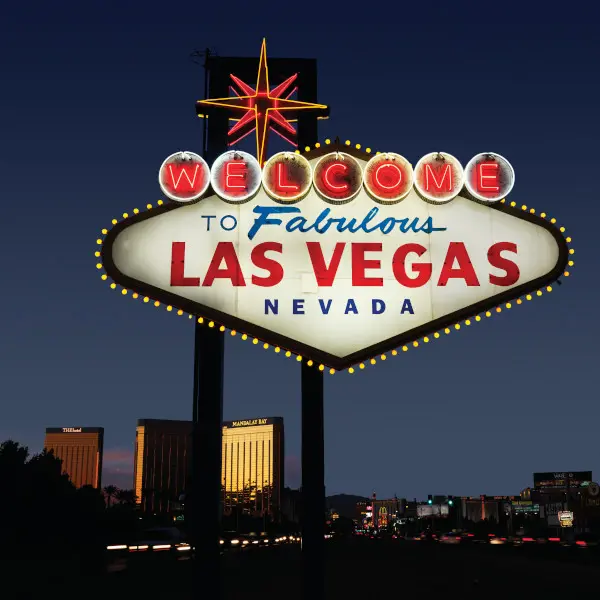


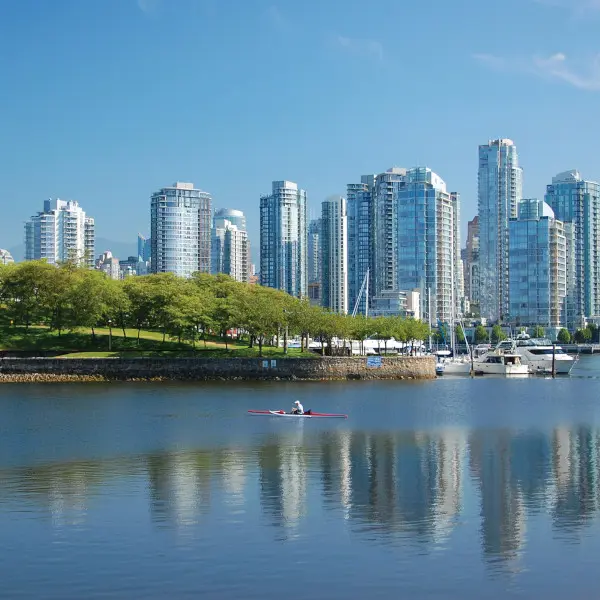


Journey from East to West taking in the best of Canada, plus a ride on the iconic Rocky Mountaineer train topped of with a relaxing stay in Vancouver.

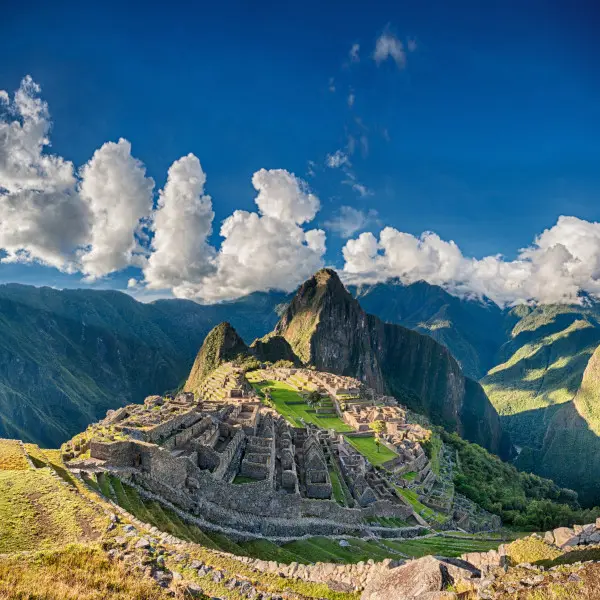

Soak up the spectacular sights and sounds of four Latin American countries - Peru, Bolivia, Argentina and Brazil - on a tour that's strictly for the adventurous. Enjoy extended time in the fascinating city of Rio de Janeiro at the end of your holiday.
All historical images (photos, artwork, maps) ©RGS-IBG